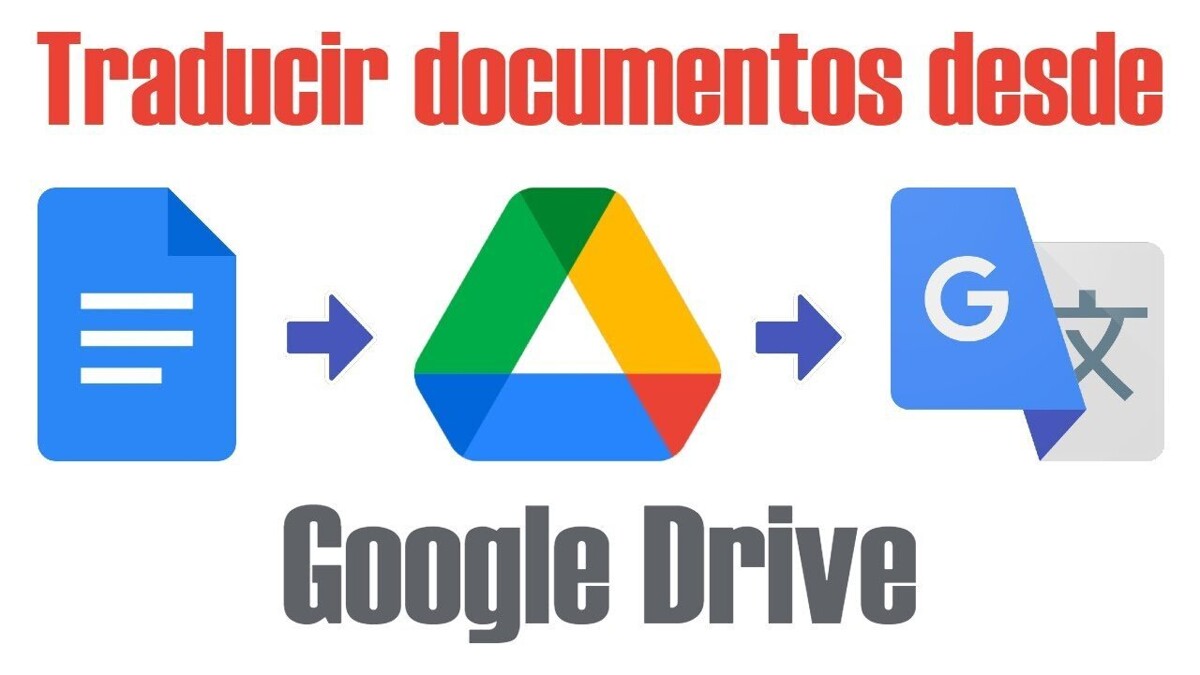
Google Translate is a tool that allows you to translate various types of documents, such as text documents, spreadsheets, and presentations. It is a fast and free option that provides high-quality translations in seconds. The interface of the Translator is intuitive, making it easy to use and navigate, and it is capable of translating between a wide variety of languages.
Regarding the advantages of using Google Translate for documents, its speed, ease of use, and the possibility of translating for free stand out. However, there are some limitations to consider. For example, literal translations may not fully capture the original meaning of the text, and documents with complex formats may present challenges in translation.
To achieve better results when using Google Translate, it is recommended to use documents with simple formats and always review the final translation to verify the accuracy of the conveyed meaning. In case of documents with specialized terminology, the translation may not be completely accurate.
In summary, Google Translate is a useful and accessible tool for translating documents quickly and easily. To use this function, simply access Google Translate, select the "Documents" option, upload the document you want to translate, choose the source and target languages, and finally download the translated document. Although Google Translate offers a convenient solution, it is important to keep its limitations in mind and make additional reviews to ensure an accurate translation.














